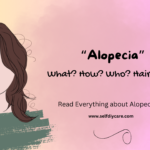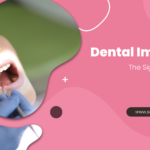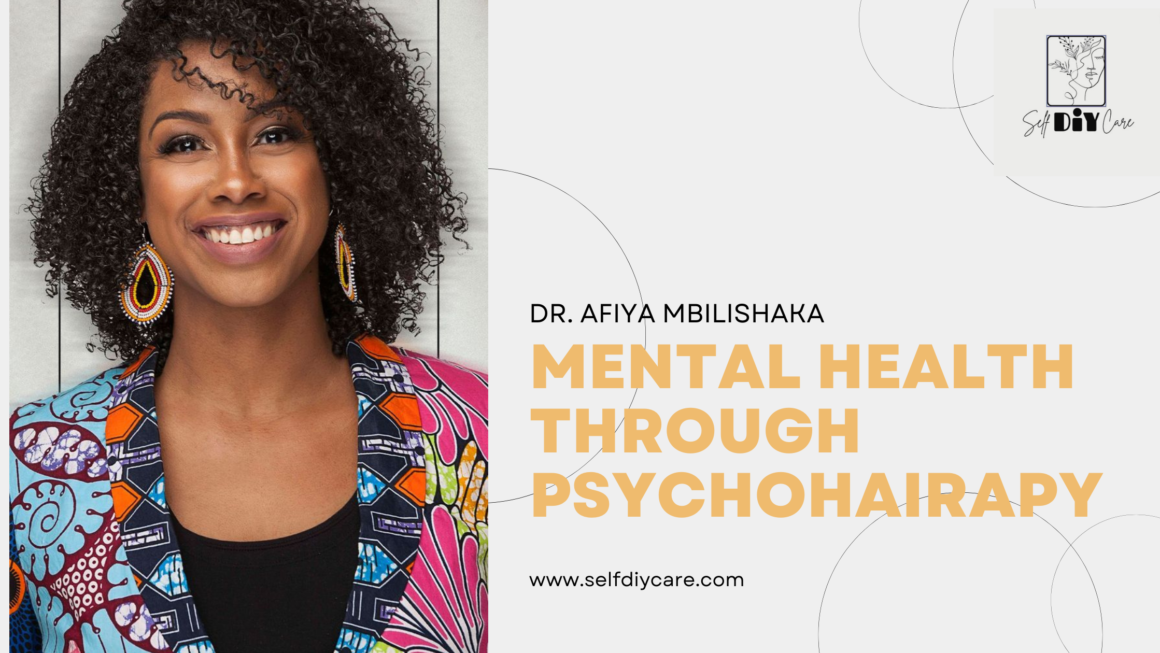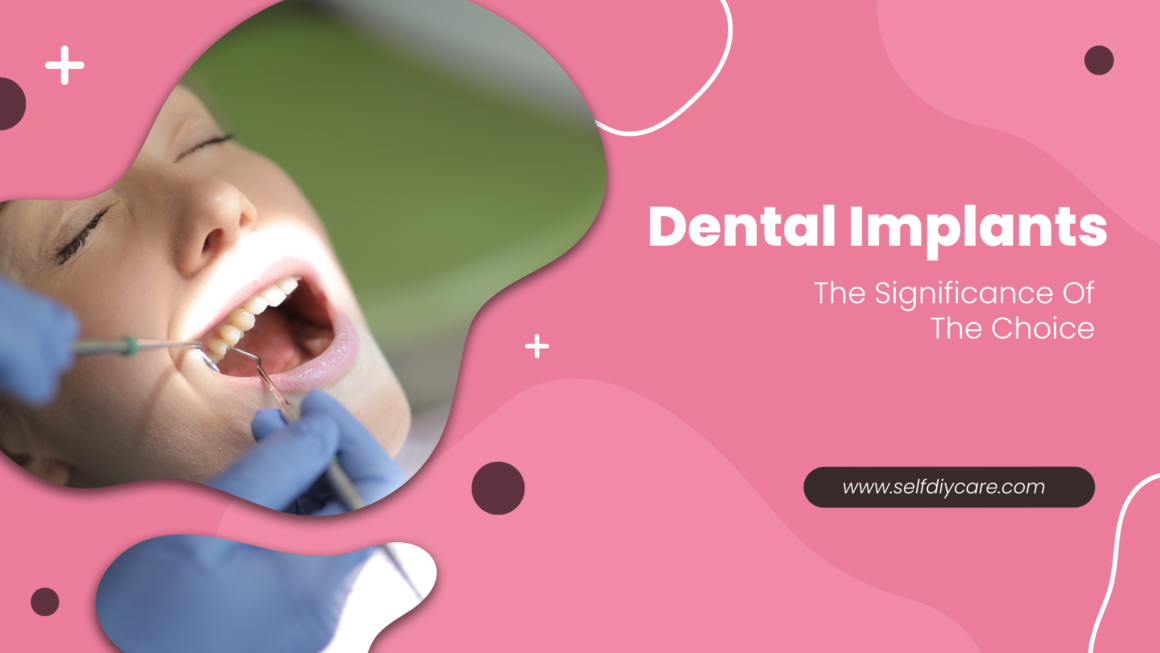Alopecia, often known as hair loss, is a widespread problem that affects an incredible number of people around the world. Its reach spans multiple groups and ages, from teens to the elderly, and includes both men and women. It manifests itself in a wide range of ways, from gradual hair thinning to the advent of unexpected bald patches, providing a range of obstacles that individuals tackle with tenacity and grit.
In the following exploration, we will delve into the multifarious world of alopecia, digging into its complexity with a careful eye for understanding its causes, unraveling its effects, and analyzing the various therapy techniques available to address this common ailment. As we negotiate the complexities of alopecia, we hope to shed light on its nuances, providing insights that will enable people to make informed decisions about their hair health and well-being.
Alopecia – What is it?
Alopecia is a condition marked by the partial or full hair loss on the scalp or body. It can be caused by a wide range of causes, including heredity, underlying medical issues, and environmental triggers. Understanding the nature and cause of alopecia is critical in selecting the best course of management and treatment.
What are the types of Alopecia?

Androgenetic Alopecia
The most common type of hair loss is androgenetic alopecia, often known as male or female pattern baldness. It is due to genetic susceptibility and hormonal swings, which cause hair to shrink gradually over time.

Alopecia Areata
Alopecia areata causes abrupt hair loss in discrete regions on the scalp or torso. It is an autoimmune disorder in which the body’s immune system incorrectly assaults hair follicles, causing them to weaken and enter the resting phase prematurely.

Telogen Effluvium
Telogen effluvium is defined by excessive hair loss, which is frequently caused by considerable physical or emotional stress, hormonal changes, nutritional deficiencies, or certain drugs. Unlike other types of alopecia, telogen effluvium is typically transitory, with hair regrowth happening once the underlying cause is addressed.
Causes Of Alopecia
Alopecia can stem from a variety of underlying causes, including:
Genetics
Family history is an important factor in determining one’s vulnerability to alopecia, especially Androgenetic Hair Loss.
Hormonal Imbalance
Hormonal fluctuations, such as those seen during pregnancy, menopause, or thyroid issues, can all contribute to hair loss.
Autoimmune Disorders
Alopecia areata occurs when the immune system erroneously attacks hair follicles.
Medical Treatments
Certain medications, chemotherapy, and radiation therapy can induce hair loss as a side effect.
Stress
Physical or emotional stress can disrupt the hair growth cycle, leading to temporary hair loss known as telogen effluvium.
Nutritional Deficiencies
Inadequate consumption of key nutrients such as vitamins, minerals, and proteins might jeopardize hair health and lead to alopecia.
Effects Of Alopecia
The impact of alopecia extends beyond physical appearance, infiltrating the emotional and psychological domains of affected persons with severe consequences. Hair loss, in its different forms, has the ability to damage self-esteem, causing feelings of embarrassment, inadequacy, and a general sense of unease. The physical changes caused by it, frequently serve as a catalyst for social seclusion, as people deal with the emotional toll of navigating a society where outward appearances have a big impact.
Coping with alopecia requires a comprehensive approach that goes beyond the treatment of physical symptoms. It requires a concentrated effort to promote emotional well-being while dealing with the obstacles of hair loss. Establishing strong support networks that include understanding friends, family, and mental health specialists is critical in navigating the emotional terrain caused by alopecic hair loss. Counseling and therapy provide vital opportunities for people to process their feelings, develop coping techniques, and embark on a path of self-discovery and acceptance. Recognizing the multidimensional impact of alopecia, we emphasize the need of addressing not just the visual manifestations but also the significant emotional landscape associated with this condition.
Treatment Options for Alopecia
Medications
Minoxidil: FDA-approved medicine that promotes hair regeneration in people with androgenetic alopecia. It is available as a topical solution or foam.
Finasteride: oral medicine indicated for males with male pattern baldness, acts by blocking testosterone’s conversion into dihydrotestosterone (DHT), a hormone linked to hair loss.
Corticosteroid Injections
Alopecia areata may respond to corticosteroid injections administered directly into the affected areas, helping to suppress the immune response and stimulate hair regrowth.
Immunotherapy
For severe cases of alopecia areata, immunotherapy involves applying irritants like diphencyprone (DPCP) or squaric acid dibutyl ester (SADBE) to the scalp, triggering an immune response that can promote hair regrowth.
Hair Transplantation
Hair transplantation involves harvesting hair follicles from donor sites and implanting them into bald or thinning areas of the scalp. This surgical procedure offers a permanent solution for restoring hair density and coverage.
Lifestyle Modifications
Adopting a balanced diet rich in vitamins, minerals, and proteins supports overall hair health and growth.
Stress management techniques, such as meditation, yoga, and deep breathing exercises, help mitigate the effects of stress-related hair loss.
Conclusion
Finally, alopecia appears as a tremendous obstacle for people dealing with its consequences, navigating a landscape filled with physical, emotional, and psychological components. Individuals can, however, engage on a road of proactive management, reclaiming agency over their hair health and restoring confidence in their look by learning about its underlying causes and the variety of treatment choices accessible.
As medical science progresses, continued study and developments hold hope for people dealing with alopecia. With each step forward, new options for treatment and intervention emerge, providing hope and support to people dealing with the difficulties of hair loss. As we lead this journey, let us remain strong in our commitment to understanding the mysteries of this problem and providing individuals with the resources and resilience they need to face its many obstacles. By embracing a communal spirit of compassion and support, we can go forward with optimism in our mission to eradicate alopecia and pave the way for a future where hair loss is a distant memory.













Лучшая уборка квартир в Санкт-Петербурге
Уборка однокомнатной квартиры http://www.chisty-list.ru.
Профессионалы ритуального сервиса – ваш надежный помощник в трудную минуту
организация ритуальных услуг https://www.ritual-uslugi-msk.ru/.
Создаем успешный SEO план: накрутка поведенческих факторов
накрутка пф сайта http://www.nakrutka-povedencheskih-factorov.ru/ .
Планшеты со скидкой: где найти лучшие цены?
сколько стоит планшет http://www.planshet-kupyt.ru/ .
Лучшие клиники по выводу из запоя: рейтинг и отзывы
врач нарколог на дом http://vyvod-iz-zapoya063.ru/samara/narkolog-na-dom/ .
Ваш идеальный каркасный дом в СПб: привлекательные цены и предложения
строительство каркасных домов санкт петербург https://www.karkasnye-doma77.ru .
Как баня под ключ становится лучшим местом для семейного отдыха
мобильная баня купить https://www.stroitelstvo-bani77.ru/ .
Профессиональный ремонт телефонов – замена дисплея за 1 час
Ремонт Samsung https://remont-telefonov-belarus.shop .
Временная регистрация – простое и быстрое оформление прописки в нашем центре
временная регистрация для граждан рф https://registracia-v-msk77.ru/ .
Центры временной регистрации: ваш ключ к мгновенному адресу
временная прописка https://registracia-v-moskve77.ru/ .
Как оформить временную регистрацию для гостей
временная прописка для граждан рф https://registracia-v-spb78.ru/ .
Преимущества покупки торгового помещения с арендатором в Москве
арендный бизнес московская область https://www.arendnyj-biznes-495.ru .
The Best Casino Experience Awaits at Glory Casino Online
glory casino bangladesh https://www.glorycasino24.online .
Unlock Exclusive Rewards at Glory Casino: Play Your Way to Glory
glory casino online download http://glorycasinoapp.download/ .
Glory Casino: Experience Premier Online Casino Entertainment
glory casino bd http://glorycasinoin.com/ .